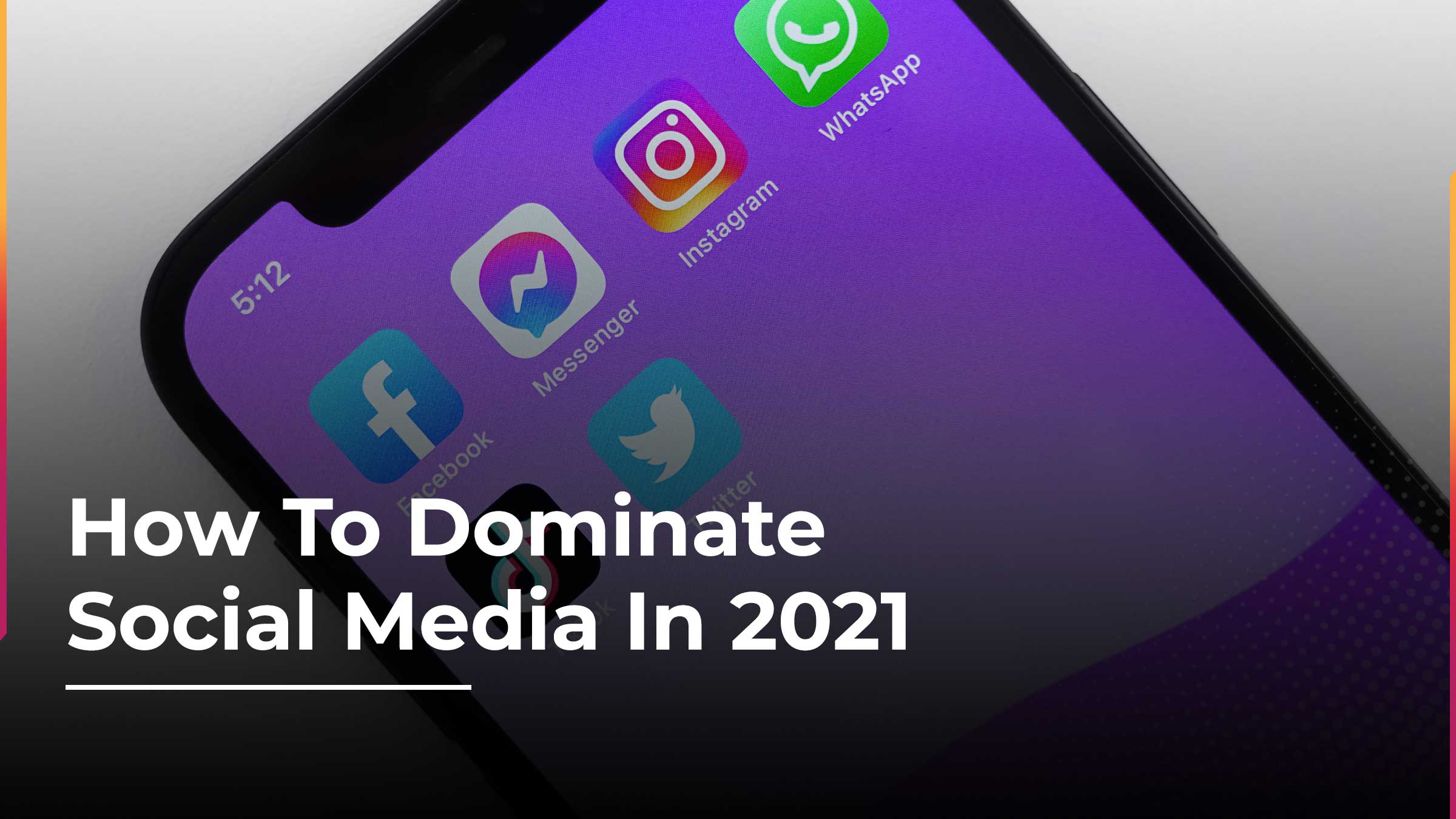Content Marketing Metrics: How to Measure What Matters

How do you reach customers without spending a ton of money? PPC advertising brings in the people, but it gets pricey. When your campaign finishes, you’ve got to start a new one.
Unless, of course, you choose a more evergreen strategy. That’s where content marketing comes in. It’s a more long-term strategy because you focus on providing useful information instead of straight out telling clients you’re the best. If you do it right, your audience comes to that conclusion on their own.
One critical yet often overlooked factor in content marketing success is localization. By tailoring content to different regions, languages, and cultural nuances, businesses can build stronger connections with global audiences.
The downside of content marketing is that there’s no direct way to measure its impact. You won’t necessarily get people clicking through to buy a product after reading once piece of content. They may have to read several before making the final decision. This is why working with a content marketing consultant can be helpful, as they can develop strategies to nurture potential customers over time and increase conversion rates.
Therefore, the standard measuring criteria are less useful. You can have a look at how many eyes you get, but even that’s not a good indication of the success of a piece. After all, is there any point in getting 10,000 views if they don’t result in a sale?
That said, we do need to work out if our content marketing strategy is working out or not. That way you can replicate the more successful posts. In this post, we’ll look at how you can measure your return on investment.
Why These Measurements Matter
You need to work out how well your content is doing so you can replicate the successful posts. You also need to make sure that the money you’re spending is worthwhile. If your content isn’t bringing in new website visitors, you might be better off spending the money on PPC marketing.
It’s unfortunately not as simple as looking at how many clicks you get. Say, for example, that you’ve developed a revolutionary financial application that people are unlikely to understand. Your target audience might be reluctant to get involved if you simply market to them.
But what if you write about how the technology can improve fintech customer service? You could show them the benefits of using it without actually directly marketing your product. This would get them thinking and, over time, they’ll come around to the idea.
Key Metrics to Look At
Now let’s look at how to measure your success. There are five basic categories here, so there’s a lot of data to consider.
Engagement Metrics
How people interact with your content is probably the most important factor here. You want them to spend time on your page and share the information with others. Even if they don’t actually click through to your site, they’re spreading the word.
Also, when people stay on your page, search engines see that as a good sign. You’ll get more organic traffic as a result.
Here’s what to look for:
- Page views and unique visitors
- Time on page and bounce rate
- Social shares and comments
- Click-through rate (CTR)
Conversion Metrics
This shows you how the content drives actions. You’ll measure:
- Lead generation: How many people fill in a form or sign-up for emails?
- Conversion rate: How many click-throughs lead directly to sales?
- Cost-per-conversion: This is a little tricky because you might not get direct sales from your content at first. Someone might read an article a couple of times before they actually buy. Some people might not even visit through a predetermined link.
SEO Metrics
Content marketing is a good way to rank better with search engines. It’s not a traditional sales message, but rather useful content. Depending on what you post, you might even have people linking to your work. Do it right and you’ll position yourself as an industry impact.
Say, for example, you sell water filters. You might research the contaminants in the local tap water and publish a whitepaper. You’re not directly marketing your products, but you’re planting the idea that they’re a good idea.
You can measure the SEO impact by looking at:
- Organic traffic
- Keyword rankings
- Backlinks and domain authority
Retention and Loyalty Metrics
This measures how your content helps you build long-term relationships with your target audience. It looks at:
- Return visitors
- Subscriber growth
- Customer lifetime value
Revenue and ROI Metrics
This is one of the more difficult aspects to measure because it shows how your content contributes to revenue. You’ll want to look at:
- How much money your content campaigns generate
- Customer acquisition cost
- Content marketing ROI formula: With this formula, you subtract the cost from the revenue earned and divide it by the total cost of content marketing. You then multiply the result by 100.
How to Track and Analyze Content Marketing Metrics
Now let’s look at the tools you can use to see how your efforts are paying off.
Google Analytics
This is a powerful, free tool that helps you track website traffic and user behavior. You’ll be able to see:
- Who visits your page
- Where they’re from
- How long they hang around for
- Goal completions
You should set up Goals and Events to monitor conversions. We also recommend using behavior flow reports to visualize the user journey and identify content bottlenecks.
Google Search Console
How well is your content performing in organic searches? Google Search Console will tell you. You’ll want to check out the following features:
- Search Performance Reports
- Index Coverage Reports
- Backlink Analysis
SEO Tools
Paid tools like Ahrefs and SEMRush give you greater insight into:
- Keyword rankings
- Competitor analysis
- Backing strategies
They can help you hone in on high-performing topics and analyze your competitor’s strategies. They can also help you improve your on-page SEO by highlighting issues like broken links and duplicate content.
Social Media Insights and Third-Party Analytics Platforms
You can get good analytics features on all of the major sites. It’s easy to check how people are reacting to your posts. You can play around with things like posting times and formats.
You can also use purpose-built tools like Hootsuite and Sprout Social to get more insights like:
- The best post times
- Competitor performance benchmarking
- Cross-platform engagement trends
Conclusion
It can be hard to understand how important content marketing is. You can’t always see a direct benefit. A good article might only gain real traction months or years after you publish it. Which is why you can’t rely solely on simple metrics like conversion rates.
Does your target audience like it? Do they want more? If so, you’re winning.
Related Posts
Join the movement.
Your Entourage journey starts here. Join Australia's largest community of over 500,000 business owners and entrepreneurs, and receive instant access to exclusive content and updates delivered straight to your inbox.




